The photographers who captured rebels, rejects and outcasts on the edges of society
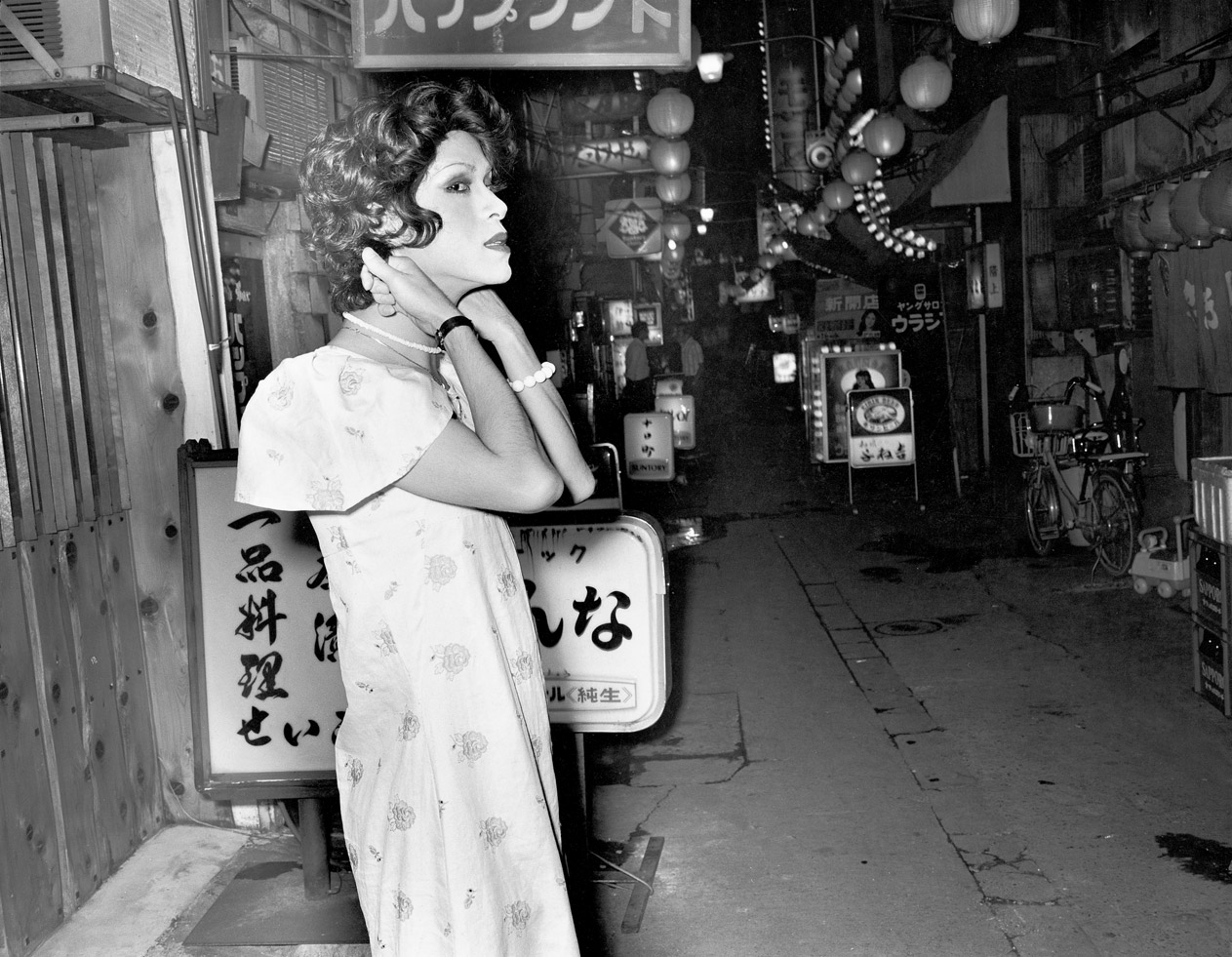
Diane Arbus, the photographer of people on the peripheral, famously once said: ‘A photograph is a secret about a secret. The more it tells you the less you know.’
Her words ring true at ‘Another Kind of Life: Photography on the Margins’, the Barbican Art Gallery’s new photography exhibition in London – a group show of some 20 contemporary artists who fascinated with life on the edges of society. Like Arbus, their position, and relationship with the people they portray, is often complicated, and sometimes problematic. Arbus was driven to the edge herself by her own work, committing suicide in 1971.
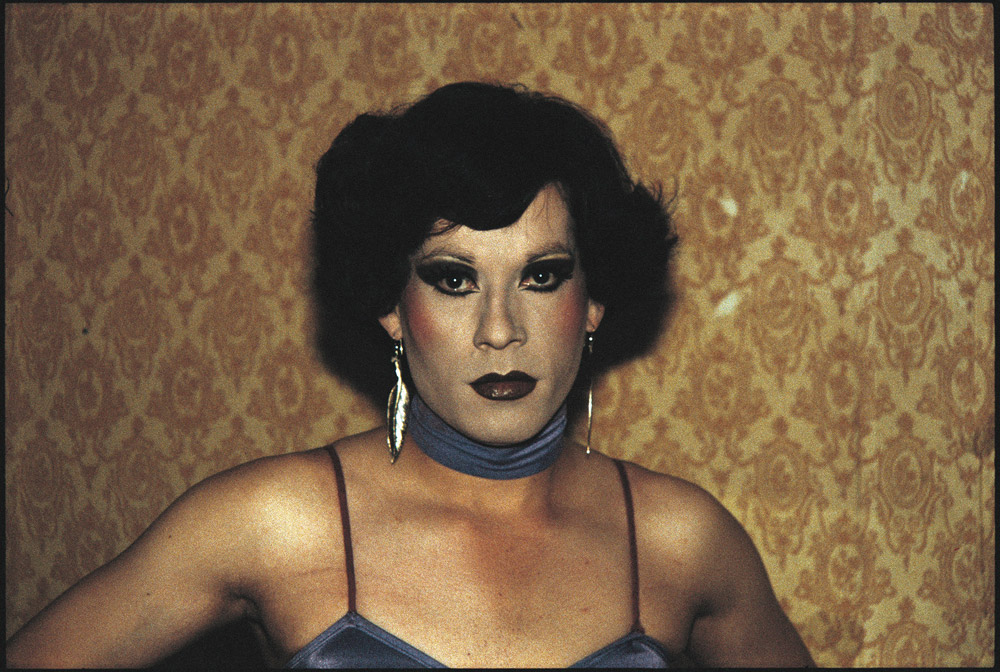
Evelyn, La Palmera, Santiago, 1983, by Paz Errázuriz, from the series La Manzana de Adán (Adam’s Apple). © Paz Errázuriz. Courtesy of the artist
The erotic frisson and illicit allure of pictures of rebels, rejects and reprobates by Larry Clark or Daido Moriyama – darkly lit, edgy, morbose – points at the perversion of peeking in, something the camera has allowed artists to do. Images they shot between the 1960s and 80s, included in the show, unearthed urban subcultures in the pre-digital age, making them visible to the masses, for better and worse.
Decades later, works like Katy Grannan’s series – inspired by Robert Frank’s The Americans – leaves the identity of her liminal subjects as ‘anonymous’ – the new kind of social outcast in the Insta-famous age.
Being cast out by society can lead to psychological and physical suffering, and representing the underrepresented often makes the personal political. Chilean photographer Paz Errázuriz shot Adam’s Apple, portraits of transgender sex workers in a brothel, in the mid 1980s, during the military dictatorship of Pinochet, and as the AIDs crisis raged worldwide – but the focus of her images is the faces.
The lives of many of the photographers here – such as Walter Pfeiffer, Dayanita Singh – were intertwined with the subcultures they shot, some of them photographing close friends, their pictures a way to preserve memories for each other. Why and how people end up living on the fringes of society is a poignant question their pictures raise.
The people and places may have changed, but the pictures remain, anonymous but symbolic. Bruce Davidson’s prolific documentation of a safe haven for transvestites in the 1950s presents a history that would have otherwise been invisible today, and is a celebration above all of how people find support in one another when the rest of the world has turned them away.
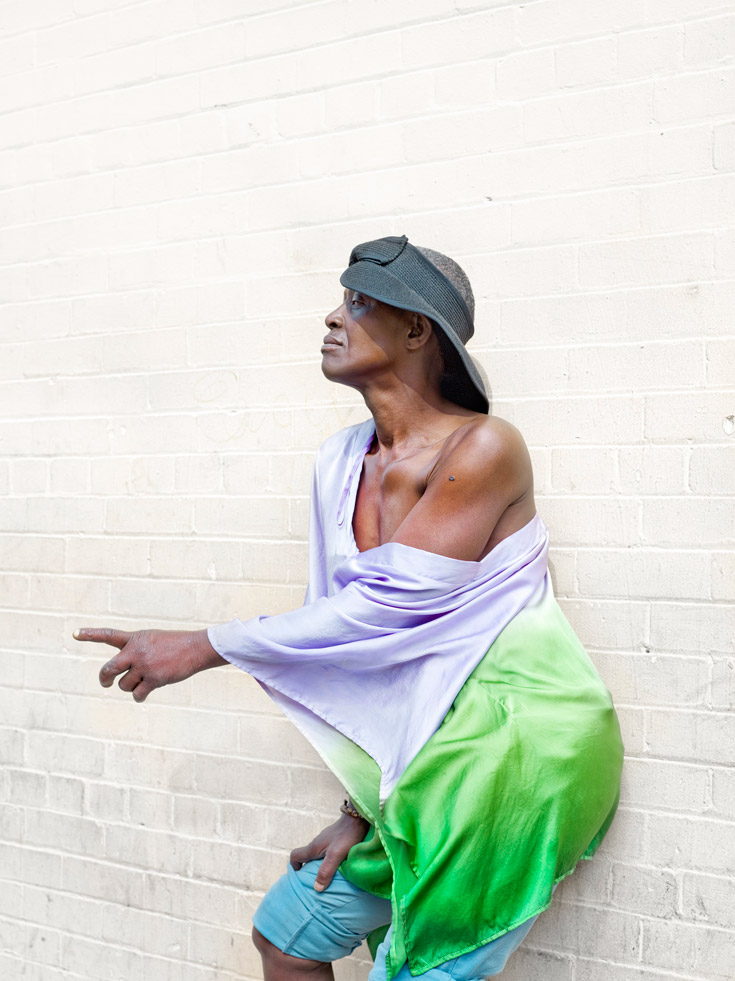
Anonymous, San Francisco, 2009, by Katy Grannan, from the series Boulevard. © Katy Grannan. Courtesy of the artist and Fraenkel Gallery, San Francisco
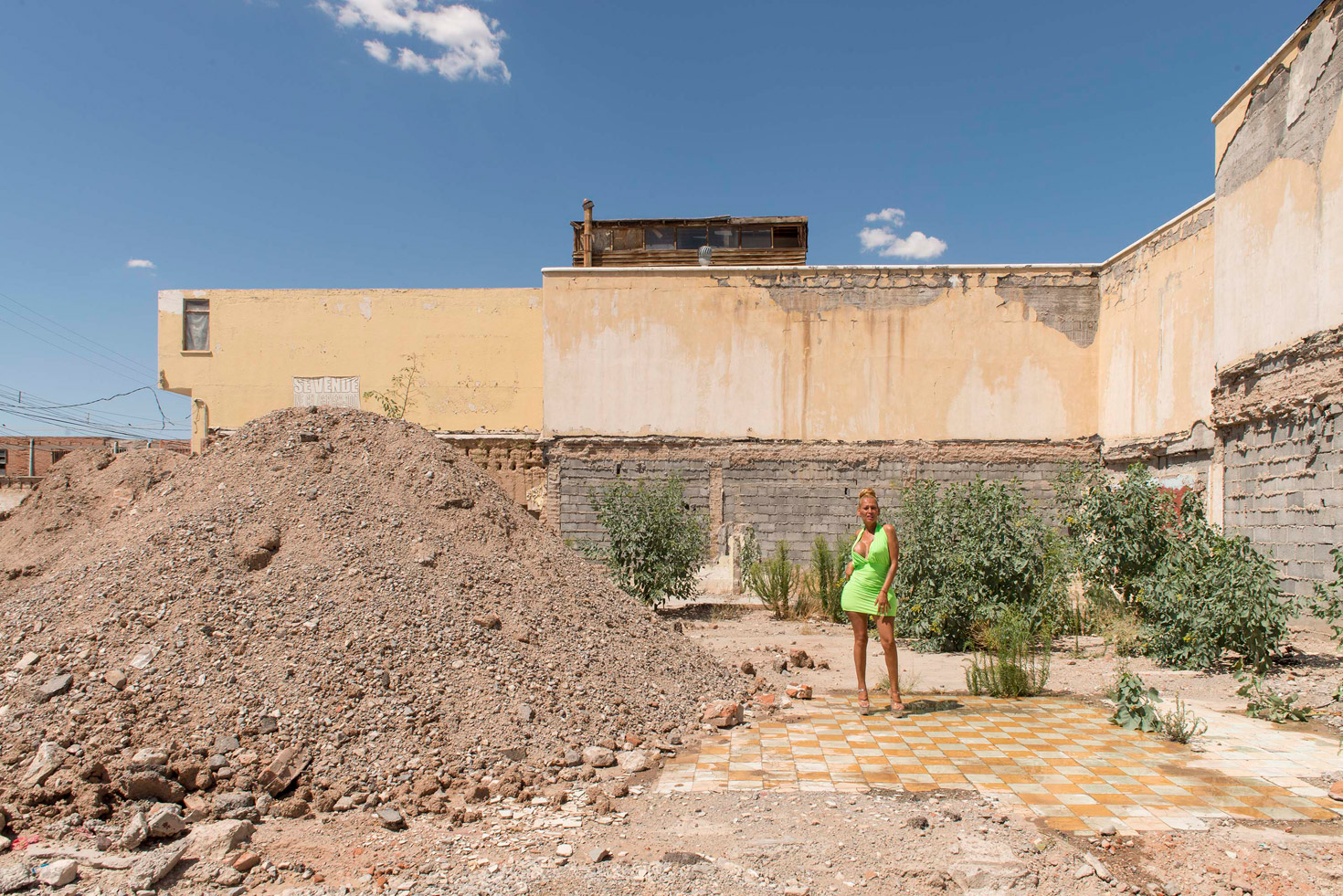
Pista de Baile del club ‘Arthur’s’ (Dance floor of the club ‘Arthur’s’), 2016, by Teresa Margolles. Courtesy of the artist and Galerie Peter Kilchmann, Zurich, Switzerland
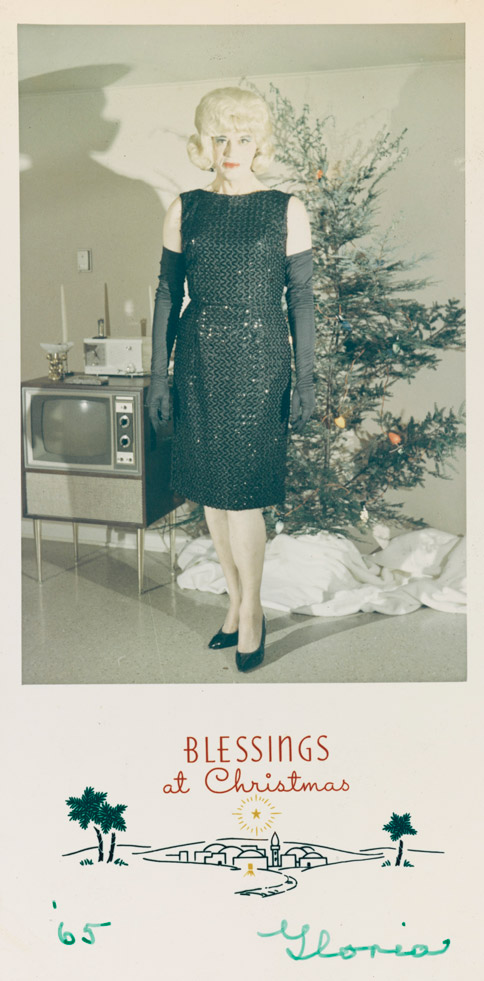
[Christmas card from Gloria in a black dress], 1965, from the Casa Susanna Collection, attributed to Andrea Susan. © Art Gallery of Ontari
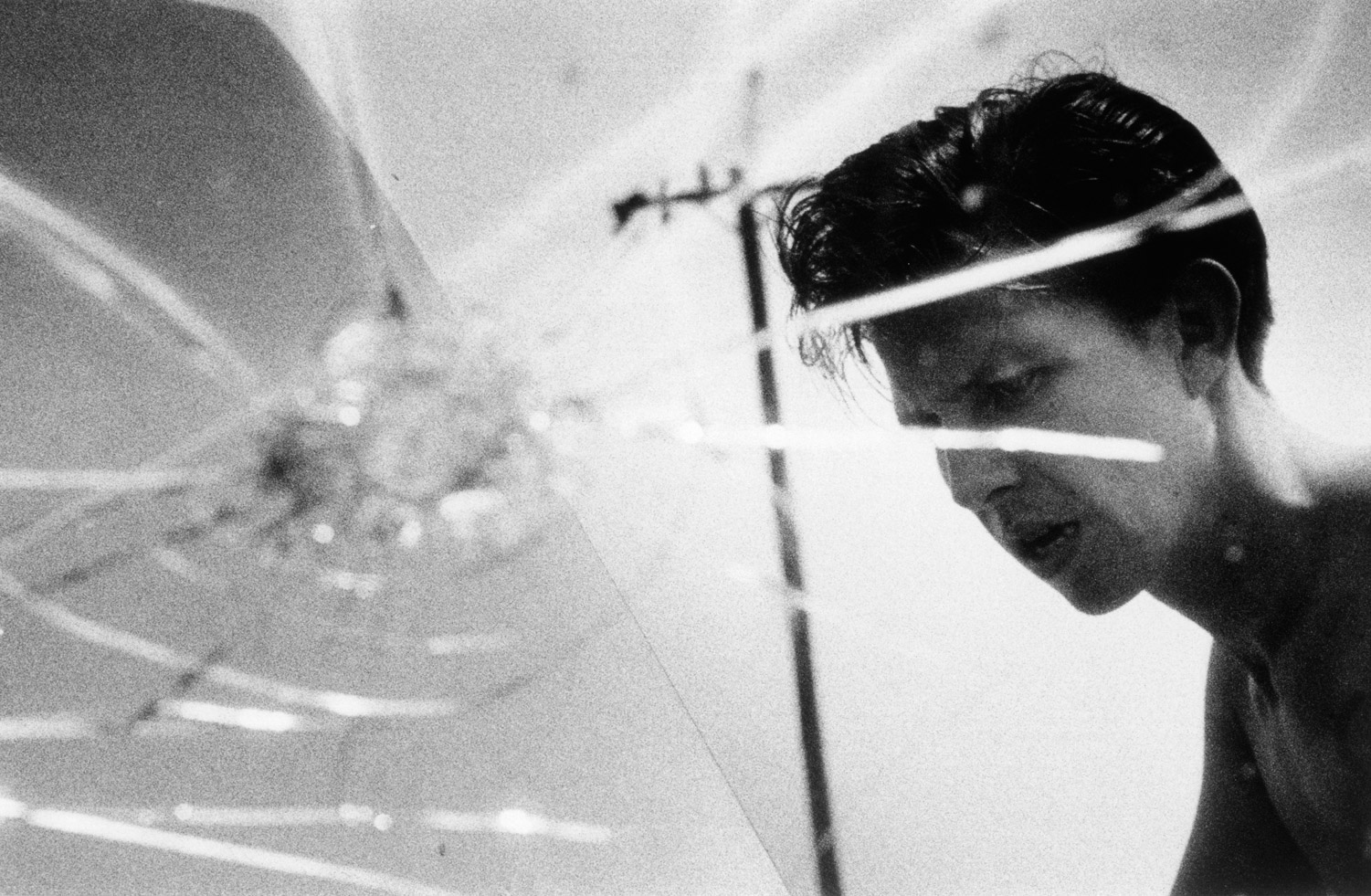
Untitled, 1963, by Larry Clark, from the series Tulsa, 1962-1971. Courtesy of the artist, Luhring Augustine, New York and Simon Lee Gallery, London
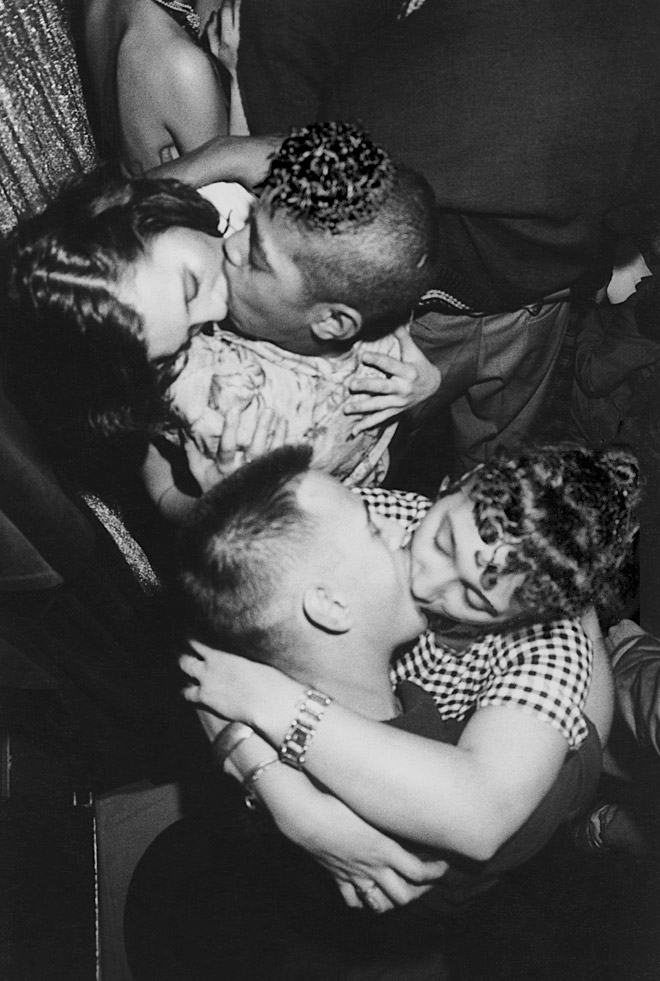
Untitled, 1982, by Philippe Chancel, from the series Rebel’s Paris, 1982. Courtesy of Melanie Rio Fluency, France
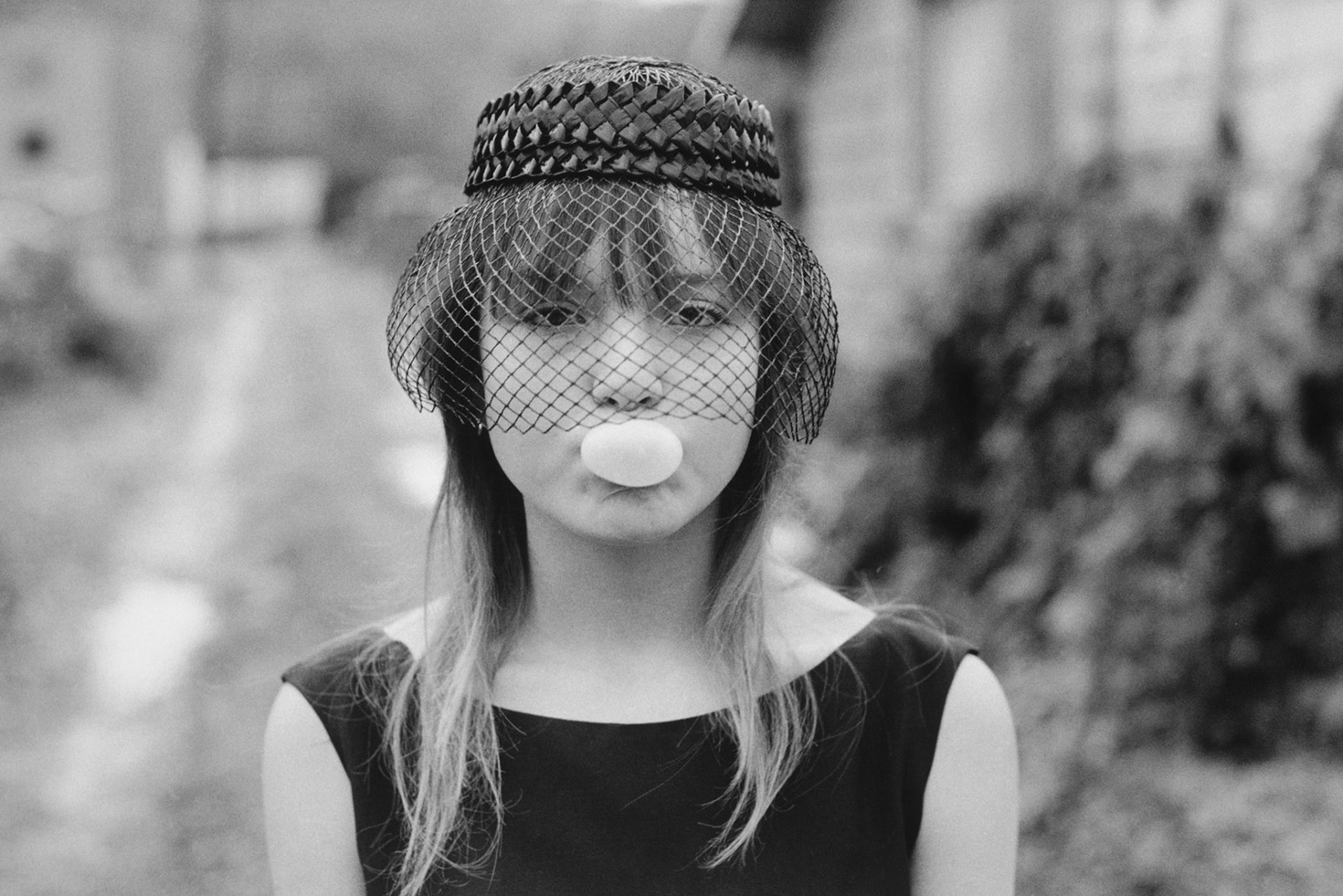
Tiny. Seattle, Washington, by Mary Ellen Mark, from the series Streetwise, 1983. © Mary Ellen Mark. Courtesy Howard Greenberg Gallery New York
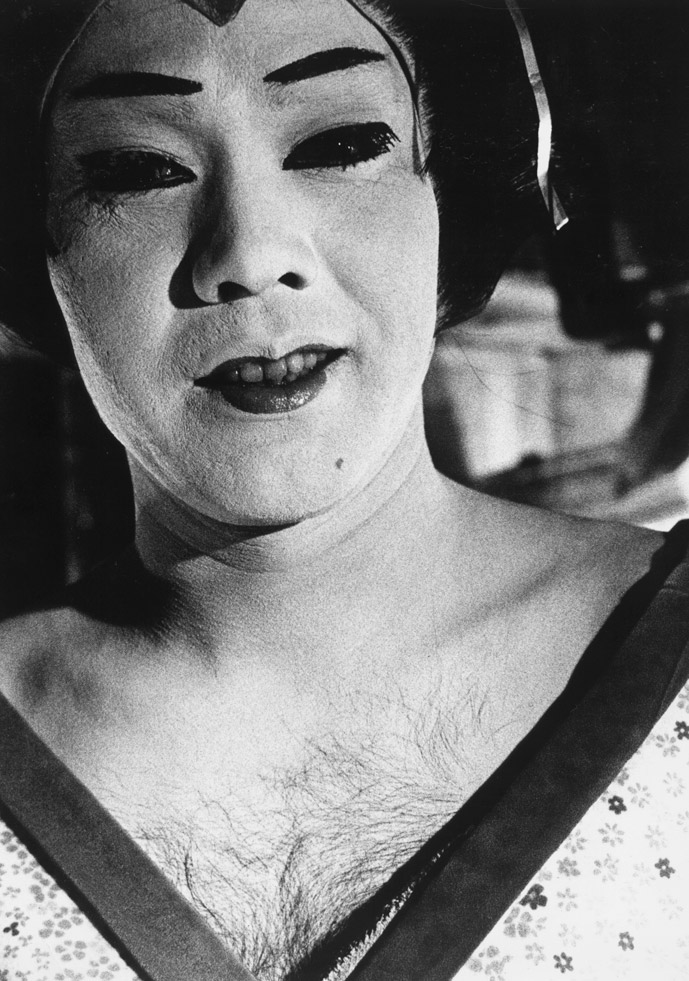
Japan Theater, by Daido Moriyama, from the series Japan Photo Theater. Courtesy of Michael Hoppen Gallery, London, UK, and Daido Moriyama Photo Foundation
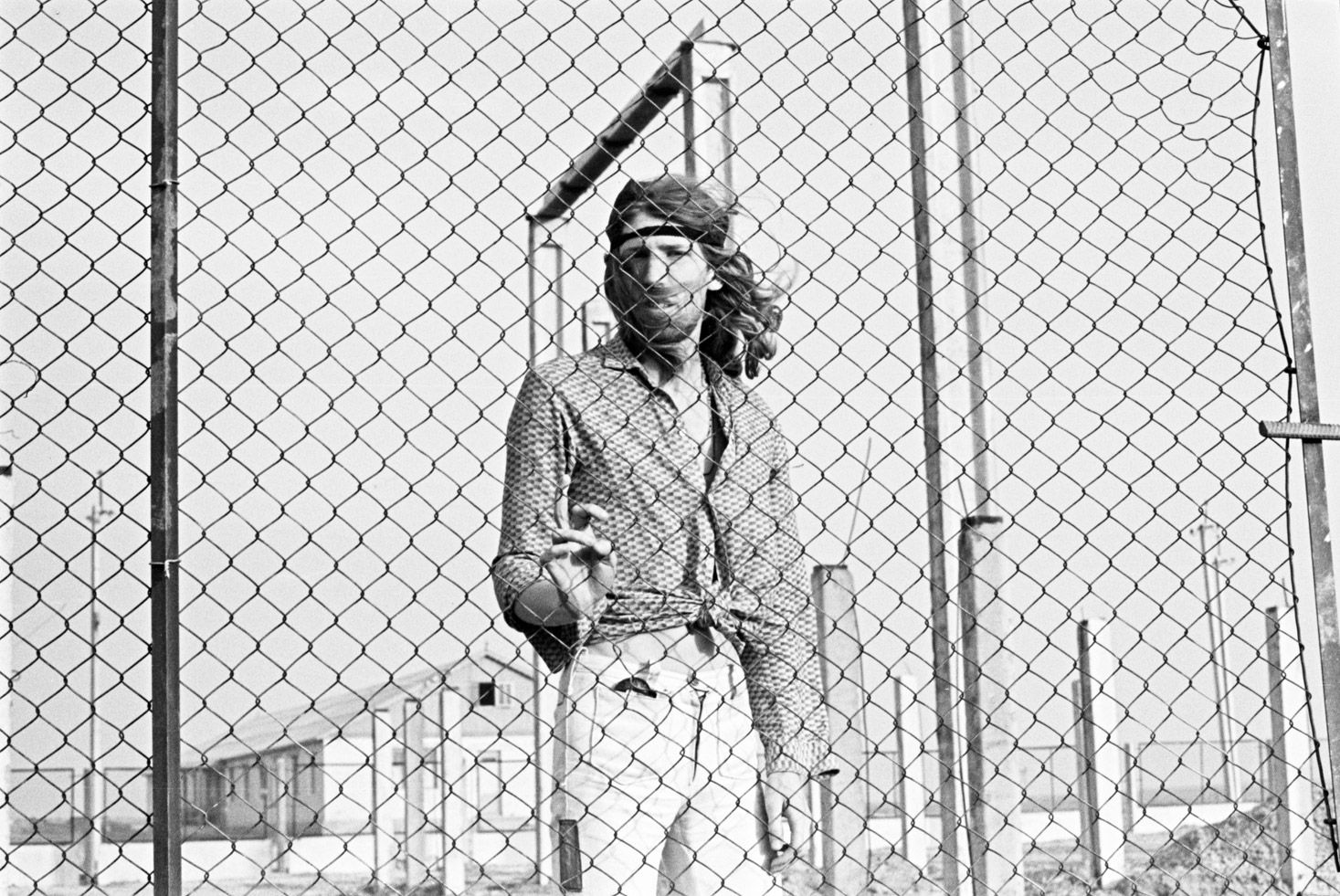
Untitled XVI, Stavropol Krai, USSR, 1977, by Igor Palmin, from the series The Enchanted Wanderer, 1977.
INFORMATION
‘Another Kind of Life: Photography on the Margins’ is on view until 27 May. For more information, visit the Barbican Centre website
ADDRESS
Barbican Centre
Silk Street
London EC2Y 8DS
Wallpaper* Newsletter
Receive our daily digest of inspiration, escapism and design stories from around the world direct to your inbox.
Charlotte Jansen is a journalist and the author of two books on photography, Girl on Girl (2017) and Photography Now (2021). She is commissioning editor at Elephant magazine and has written on contemporary art and culture for The Guardian, the Financial Times, ELLE, the British Journal of Photography, Frieze and Artsy. Jansen is also presenter of Dior Talks podcast series, The Female Gaze.
-
 Put these emerging artists on your radar
Put these emerging artists on your radarThis crop of six new talents is poised to shake up the art world. Get to know them now
By Tianna Williams
-
 Dining at Pyrá feels like a Mediterranean kiss on both cheeks
Dining at Pyrá feels like a Mediterranean kiss on both cheeksDesigned by House of Dré, this Lonsdale Road addition dishes up an enticing fusion of Greek and Spanish cooking
By Sofia de la Cruz
-
 Creased, crumpled: S/S 2025 menswear is about clothes that have ‘lived a life’
Creased, crumpled: S/S 2025 menswear is about clothes that have ‘lived a life’The S/S 2025 menswear collections see designers embrace the creased and the crumpled, conjuring a mood of laidback languor that ran through the season – captured here by photographer Steve Harnacke and stylist Nicola Neri for Wallpaper*
By Jack Moss
-
 The art of the textile label: how British mill-made cloth sold itself to Indian buyers
The art of the textile label: how British mill-made cloth sold itself to Indian buyersAn exhibition of Indo-British textile labels at the Museum of Art & Photography (MAP) in Bengaluru is a journey through colonial desire and the design of mass persuasion
By Aastha D
-
 Artist Qualeasha Wood explores the digital glitch to weave stories of the Black female experience
Artist Qualeasha Wood explores the digital glitch to weave stories of the Black female experienceIn ‘Malware’, her new London exhibition at Pippy Houldsworth Gallery, the American artist’s tapestries, tuftings and videos delve into the world of internet malfunction
By Hannah Silver
-
 Ed Atkins confronts death at Tate Britain
Ed Atkins confronts death at Tate BritainIn his new London exhibition, the artist prods at the limits of existence through digital and physical works, including a film starring Toby Jones
By Emily Steer
-
 Tom Wesselmann’s 'Up Close' and the anatomy of desire
Tom Wesselmann’s 'Up Close' and the anatomy of desireIn a new exhibition currently on show at Almine Rech in London, Tom Wesselmann challenges the limits of figurative painting
By Sam Moore
-
 A major Frida Kahlo exhibition is coming to the Tate Modern next year
A major Frida Kahlo exhibition is coming to the Tate Modern next yearTate’s 2026 programme includes 'Frida: The Making of an Icon', which will trace the professional and personal life of countercultural figurehead Frida Kahlo
By Anna Solomon
-
 A portrait of the artist: Sotheby’s puts Grayson Perry in the spotlight
A portrait of the artist: Sotheby’s puts Grayson Perry in the spotlightFor more than a decade, photographer Richard Ansett has made Grayson Perry his muse. Now Sotheby’s is staging a selling exhibition of their work
By Hannah Silver
-
 From counter-culture to Northern Soul, these photos chart an intimate history of working-class Britain
From counter-culture to Northern Soul, these photos chart an intimate history of working-class Britain‘After the End of History: British Working Class Photography 1989 – 2024’ is at Edinburgh gallery Stills
By Tianna Williams
-
 Celia Paul's colony of ghostly apparitions haunts Victoria Miro
Celia Paul's colony of ghostly apparitions haunts Victoria MiroEerie and elegiac new London exhibition ‘Celia Paul: Colony of Ghosts’ is on show at Victoria Miro until 17 April
By Hannah Hutchings-Georgiou